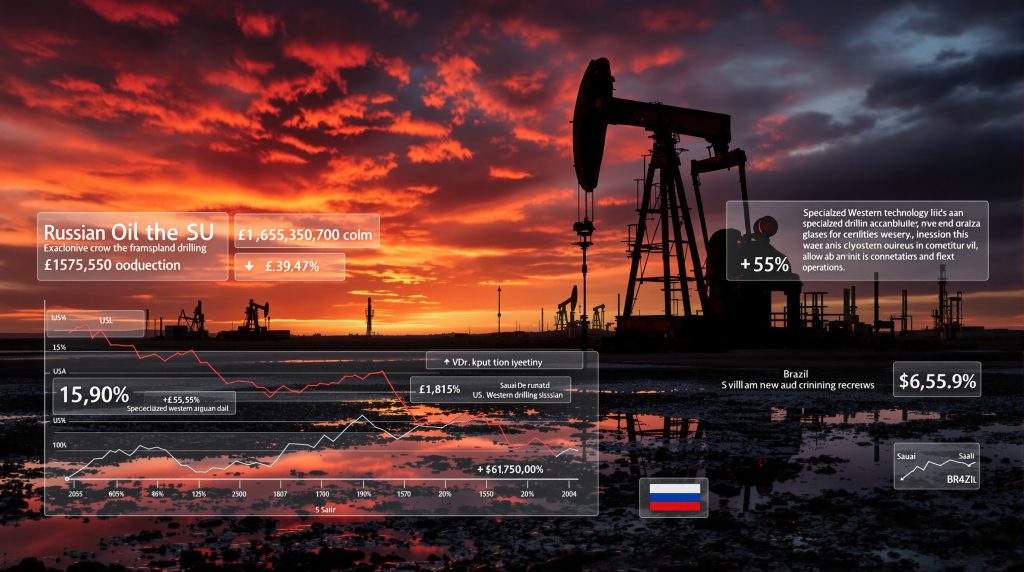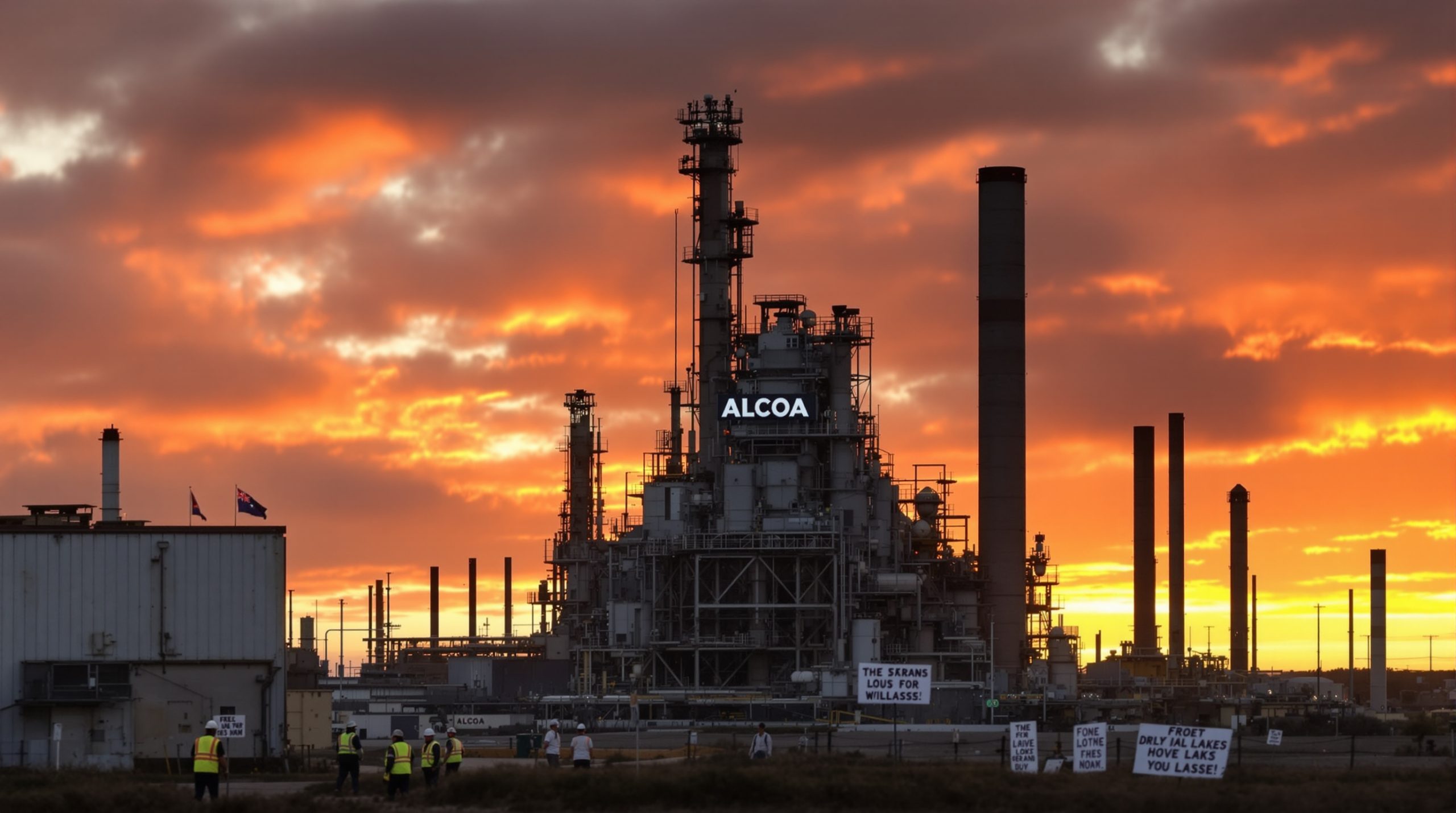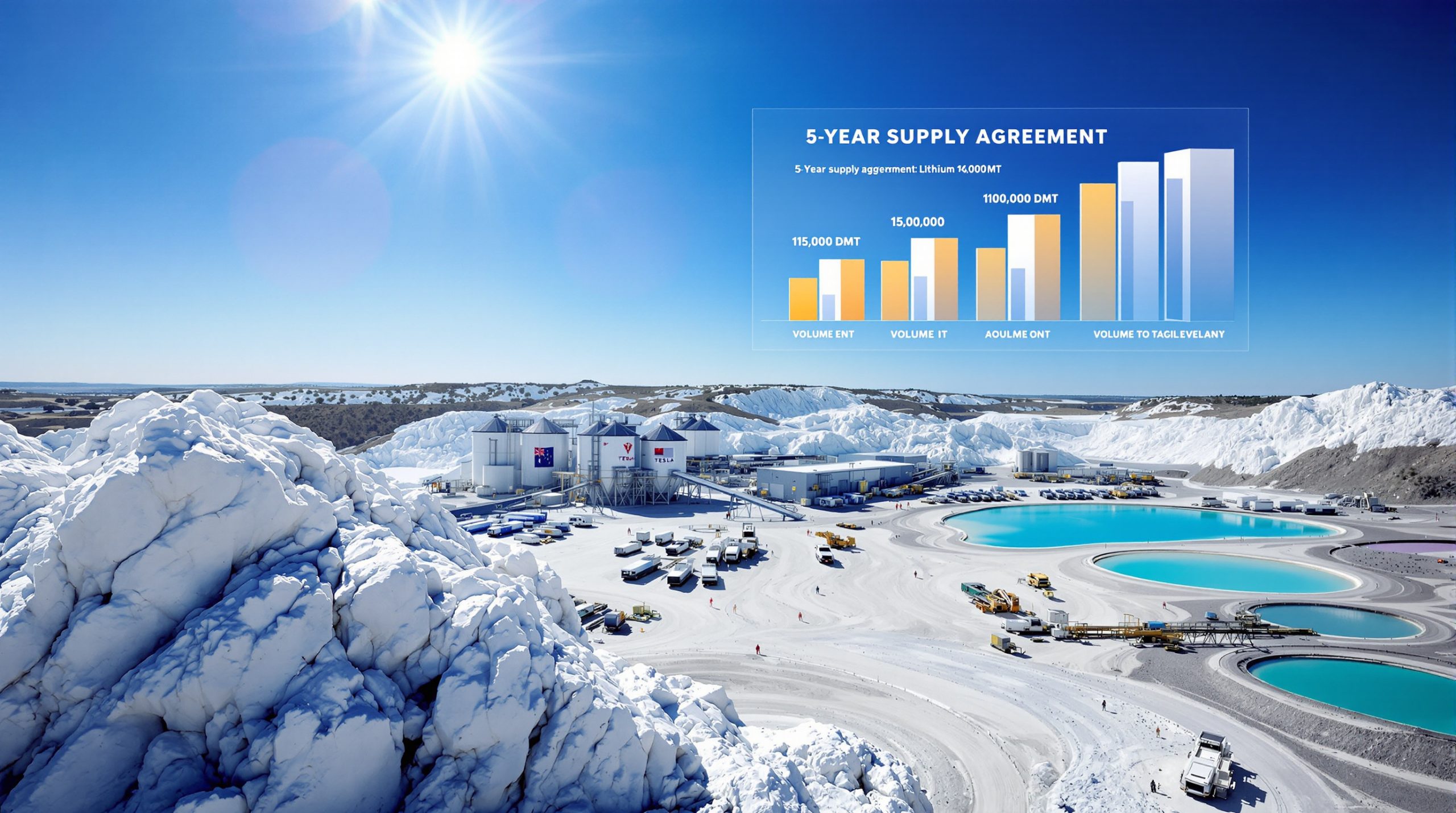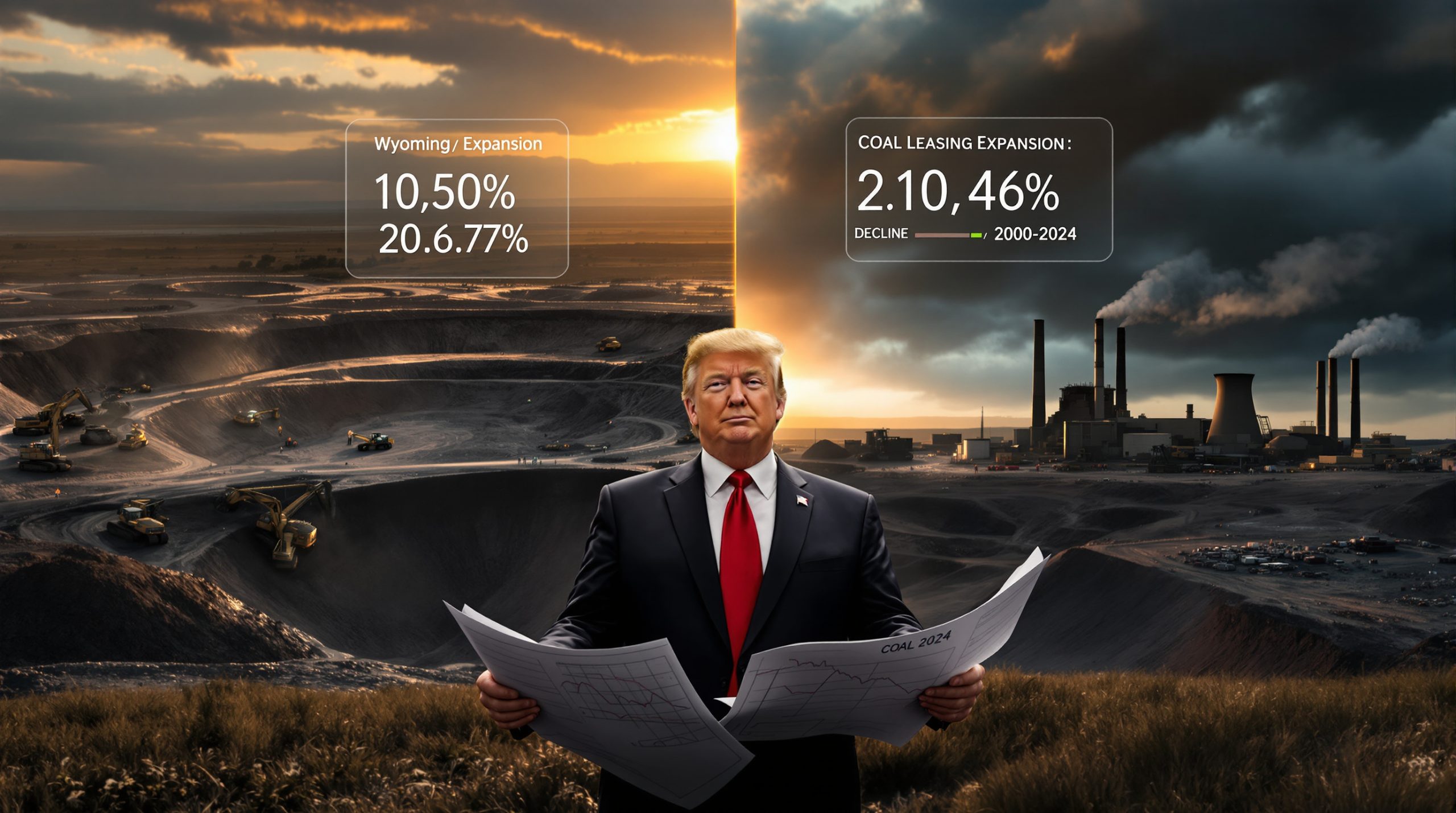Why Is Russian Oil Production Facing Long-Term Challenges?
Russia's oil industry stands at a critical crossroads, facing structural challenges that threaten its position as a global energy leader. The combination of technological isolation, aging fields, and workforce limitations has created a perfect storm for a Russian oil production decline that could reshape global energy markets for decades to come.
The Russian oil sector, once a crown jewel of the nation's economy, now faces an unprecedented combination of challenges that energy analysts believe will lead to a sustained production decline. This isn't merely a temporary setback, but rather the beginning of what could be characterized as a strategic shift in global energy dynamics.
The Impact of Western Sanctions on Russian Oil Technology
Western sanctions following Russia's 2022 invasion of Ukraine have created profound technological barriers for the Russian oil industry. These restrictions have effectively cut off access to critical components of modern oil production:
- Advanced reservoir modeling software and AI-powered imaging tools
- Critical drilling equipment and specialized sensors
- High-pressure pumping systems needed for enhanced recovery
- Software updates for existing systems, rendering many unusable
- Technical expertise and knowledge transfer from Western experts
- Financing channels for capital-intensive development projects
The sanctions have created a technological freeze, with Russian producers unable to access innovations that continue advancing elsewhere. This gap widens each year, making it increasingly difficult for Russia to maintain its production capacity.
Russia's Aging Oil Infrastructure Crisis
Even before international sanctions, Russia's oil production faced a fundamental geological reality – its primary production regions are showing their age:
- Western Siberian fields experiencing natural depletion after decades of production
- Volga-Urals region showing increased water cut percentages, requiring expensive intervention
- Rising maintenance requirements for Soviet-era infrastructure
- Diminishing returns from conventional recovery techniques
- Higher cost-per-barrel production as easy resources are depleted
These mature basins require increasingly sophisticated technological solutions – precisely the kind that sanctions have made unavailable. Russian oil engineers now face the challenge of maintaining production from depleting resources with outdated tools and limited options.
How Significant Is Russia's Current Production Decline?
The numbers paint a clear picture of Russia's production trajectory, with statistical evidence showing a downward trend that carries significant implications for both Russia's economic health and global oil markets.
Current data indicates Russian oil output has already declined substantially from pre-2022 levels. The production figures tell a concerning story for Russian energy planners:
| Time Period | Production Level | Change from Peak |
|---|---|---|
| Pre-2020 Peak | 11.0-11.2 million bpd | Baseline |
| Mid-2025 | ~9.2 million bpd | -16.4% |
| Projected 2030 | 8.0-8.5 million bpd | -23% to -27% |
This decline is particularly significant when viewed against the backdrop of rising global demand. While Russia's production falls, world consumption continues to increase, creating a widening gap that will need to be filled by other producers.
Economic Impact on Russia's National Budget
The production decline directly threatens Russia's economic stability in multiple ways:
- Oil revenue contributes approximately one-third of Russia's federal budget
- Price discounts on sanctioned Russian crude further reduce per-barrel revenue
- Military funding relies heavily on hydrocarbon exports
- Currency stability is closely linked to oil income
- Social programs and infrastructure development depend on energy revenues
The Russian government faces difficult choices as oil income declines. Increasing taxation on a contracting industry risks accelerating the decline, while reducing government spending could create domestic political challenges during an already difficult period.
Can Russia Develop Its Vast Shale Resources Without Western Technology?
Russia possesses some of the world's largest unconventional oil resources, particularly in the Bazhenov formation. However, accessing these reserves requires specialized technology that sanctions have made unavailable.
The Technology Gap in Russian Shale Development
The U.S. shale revolution was built on a complex technological ecosystem that Russia cannot currently replicate:
- Advanced horizontal drilling systems with real-time telemetry
- Multi-stage hydraulic fracturing equipment and expertise
- Specialized proppants and completion fluids
- High-horsepower pumping equipment (2,000+ HHP units)
- "Walking" drilling rigs with enhanced mobility between well locations
- AI-powered reservoir characterization and fracture design software
Developing domestic alternatives to these technologies would require massive capital investment at a time when Russia's economy faces significant constraints. Even with unlimited resources, developing the technical expertise would take many years.
The Bazhenov Formation: Russia's Untapped Potential
The Bazhenov formation in Western Siberia represents Russia's most promising shale resource, often compared to the prolific Permian Basin in the United States. However, significant barriers stand in the way of development:
- Geological complexity requiring precise wellbore placement
- Need for specialized fracturing techniques adapted to Russian geology
- Harsh operating conditions in remote Siberian locations
- Limited infrastructure in potential development areas
- High capital requirements that sanctions make difficult to secure
Russian energy officials had once hoped the Bazhenov would help offset declines in conventional fields. Without Western technology, these resources remain effectively stranded, at least for the foreseeable future.
What Role Does the Ukraine Conflict Play in Russia's Oil Workforce Crisis?
Beyond technology limitations, Russia faces a growing human capital challenge that further constrains its production capacity. The ongoing military conflict has created workforce shortages throughout the energy sector.
Military Mobilization and Oil Field Staffing Challenges
The human cost of the Ukraine conflict has created a cascading effect on Russia's oil industry workforce:
- Estimated 45,000-50,000 monthly personnel losses affecting potential labor pools
- Military mobilization targeting the same demographic that typically supplies oilfield workers
- Skilled worker shortages in technical positions like drilling specialists and engineers
- Training limitations without international expertise and knowledge transfer
- Brain drain as experienced personnel seek opportunities abroad
- Safety concerns as less experienced workers fill critical roles
These workforce challenges compound the technological limitations, creating a multi-layered crisis for Russian oil production. Even with access to equipment, the shortage of qualified personnel to operate it creates another barrier to maintaining production.
Operational Impacts of Workforce Limitations
The human resource shortage manifests in several operational challenges:
- Reduced maintenance capabilities for complex systems
- Slower drilling and completion operations
- Limited capacity to implement enhanced recovery techniques
- Safety and environmental risk management challenges
- Decreased productivity per worker compared to international standards
These workforce issues create a negative feedback loop – as production becomes more challenging, working conditions may deteriorate, making it even harder to attract and retain skilled workers in an already constrained labor market.
How Does Russian Production Compare to Other Major Oil Producers?
While Russian production declines, other global producers are expanding capacity, creating a shifting landscape in global energy markets. This divergence in trajectories will reshape oil supply dynamics in the coming years.
Global Production Growth Outside Russia
The contrast between Russia's decline and growth elsewhere highlights the changing energy landscape:
| Country/Region | Current Trajectory | Key Development Drivers |
|---|---|---|
| United States | Continued growth | Technological improvements in shale productivity |
| Saudi Arabia | Stable with expansion potential | Strategic spare capacity maintenance |
| Brazil | Increasing | Pre-salt offshore developments |
| Guyana | Rapid growth | Major new discoveries entering production |
| Canada | Gradual increase | Oil sands optimization and expansion |
These growth areas will likely fill some of the gap left by declining Russian production, though the specific crude qualities and geographic locations create complex market dynamics that simple volume comparisons don't fully capture.
OPEC+ Dynamics and Market Share Shifts
Russia's declining production creates ripple effects throughout the OPEC+ alliance:
- Diminished Russian influence within the production agreement framework
- Saudi Arabia gaining relative strength in negotiations
- Competition intensifying for key Asian markets between producers
- Strategic decisions between price defense and volume maximization becoming more complex
- Questions about future production agreement structures as member capabilities diverge
These shifting dynamics will impact global oil markets beyond simple supply-demand balances, potentially creating new geopolitical alignments and trading patterns. Furthermore, the OPEC+ production outlook suggests a complex rebalancing as member nations adjust to Russia's changing capabilities.
What Are the Global Market Implications of Declining Russian Supply?
The potential loss of several million barrels per day of Russian production by 2030 creates significant implications for global energy security and market dynamics.
Supply-Demand Balance in a Growing Consumption Environment
The timing of Russia's production decline creates particular challenges for global markets:
- BP's revised outlook projecting global demand reaching 103.4 million bpd by 2030
- OPEC's more bullish forecast suggesting demand could reach 113 million bpd
- Asian demand growth offsetting potential Western consumption plateaus
- Aviation fuel demand recovering strongly post-pandemic
- Petrochemical demand expanding with global economic growth
These demand factors suggest that replacing Russian barrels won't be simply a matter of rebalancing existing supply. New production will need to be developed to meet both the Russian shortfall and organic demand growth.
Energy Security Concerns for Major Importers
The Russian production decline raises strategic questions for oil-consuming nations:
- Diversification strategies becoming more urgent for traditional Russian oil customers
- Infrastructure development needed to accommodate shifting supply sources
- Strategic petroleum reserve policies being reevaluated in consuming nations
- Potential acceleration of energy transition initiatives
- Geopolitical realignments based on changing energy dependencies
These security concerns could drive policy responses ranging from increased domestic production incentives to more aggressive development of alternatives to oil in transportation and industry. Additionally, the resulting oil price rally analysis shows how market sentiment responds to shifts in Russian supply expectations.
Is There a Path to Recovery for Russian Oil Production?
Despite the significant challenges, Russia is pursuing multiple strategies to mitigate its production decline. The effectiveness of these approaches will determine whether the decline can be slowed or potentially reversed.
Technical Pathways and Limitations
Russia has several potential avenues to address its production challenges, each with significant limitations:
- Domestic technology development programs to replace Western equipment
- Alternative supply chains through third countries not enforcing sanctions
- Focus on maximizing recovery from existing fields rather than new development
- Partnerships with non-Western companies, particularly from China and India
- Prioritization of conventional resources over technically challenging projects
While these approaches may slow the decline, most energy analysts believe they are unlikely to reverse the overall downward trajectory under current conditions.
Financial Constraints on Development
Beyond technological limitations, Russia faces severe financial constraints:
- Reduced oil revenues due to both volume declines and price discounts
- Limited access to international capital markets for project financing
- Higher costs for alternative supply chains and equipment sourcing
- Increased transportation costs for oil exports to distant markets
- Growing domestic fiscal demands to support military operations
These financial pressures force difficult capital allocation decisions, often resulting in maintenance of existing production being prioritized over development of new resources. Concerns about trade war oil movements further complicate Russia's export strategies and revenue projections.
What Does This Mean for Global Energy Security?
The decline of Russian oil production raises fundamental questions about global energy security during a period of continuing oil demand growth and geopolitical tension.
Supply Vulnerabilities in a Changing Market
The loss of Russian production capacity creates several potential vulnerabilities:
- Reduced global spare production capacity
- Increased vulnerability to supply disruptions elsewhere
- Greater price sensitivity to geopolitical events
- Specific crude grade supply gaps based on Russian export qualities
- Heightened competition for remaining supplies among major importers
These vulnerabilities may drive policy responses ranging from increased strategic petroleum reserves to accelerated development of alternative energy sources.
Long-Term Strategic Implications
The structural decline in Russian production may accelerate broader energy transitions:
- Increased investment in alternative suppliers
- Greater focus on domestic energy security in consuming nations
- Accelerated development of alternatives to oil in transportation
- Potential reshaping of global trade routes and relationships
- New geopolitical alignments based on changing energy dependencies
These strategic shifts could fundamentally alter global energy markets and international relations in ways that extend far beyond simple oil price effects. In particular, drilling policy shifts in Western nations may be influenced by concerns about Russian supply reliability.
FAQ: Russian Oil Production Decline
How quickly is Russian oil production declining?
Russian oil production has fallen from approximately 11 million bpd before 2020 to around 9.2 million bpd in mid-2025. Under current sanctions and technological constraints, production could decline by an additional 20% by 2030, potentially falling to around 8 million bpd.
Can Russian companies develop their own oil technology?
Russian companies are attempting to develop indigenous alternatives to Western technology, but progress has been limited. The technological ecosystem required for modern oil development—particularly for unconventional resources—is complex and took decades to develop in Western countries. Russia faces significant challenges in replicating these capabilities independently in the near term.
How are Russian oil companies adapting to sanctions?
Russian oil companies have implemented several adaptation strategies, including:
- Sourcing equipment through third countries where possible
- Focusing on maintaining production in existing fields rather than new development
- Prioritizing conventional resources over technically challenging projects
- Developing closer ties with Chinese and Indian companies for technology and investment
- Implementing workarounds for financial restrictions through alternative banking systems
Will the decline in Russian production lead to higher global oil prices?
The impact on global prices depends on several factors, including:
- The pace of Russian production decline
- Growth in production from other suppliers (particularly U.S. shale and OPEC)
- Global demand growth trajectories
- The speed of energy transition in transportation
- Macroeconomic conditions affecting overall energy consumption
While Russian production declines create upward price pressure, other factors may offset this effect in the global market.
Could sanctions on Russian oil production be lifted in the future?
The duration of sanctions depends primarily on geopolitical developments related to the Ukraine conflict and broader Russia-West relations. Any significant change would likely require substantial diplomatic developments. Energy industry analysts generally expect sanctions to remain in place for the foreseeable future, with the technological gap between Russian capabilities and global standards continuing to widen over time.
Ready to Identify the Next Major Investment Opportunity in Mining?
Discover significant ASX mineral discoveries as they happen with Discovery Alert's proprietary Discovery IQ model, which transforms complex data into actionable insights for investors. Understand why these discoveries can generate substantial returns by exploring Discovery Alert's dedicated discoveries page and position yourself ahead of the market.




